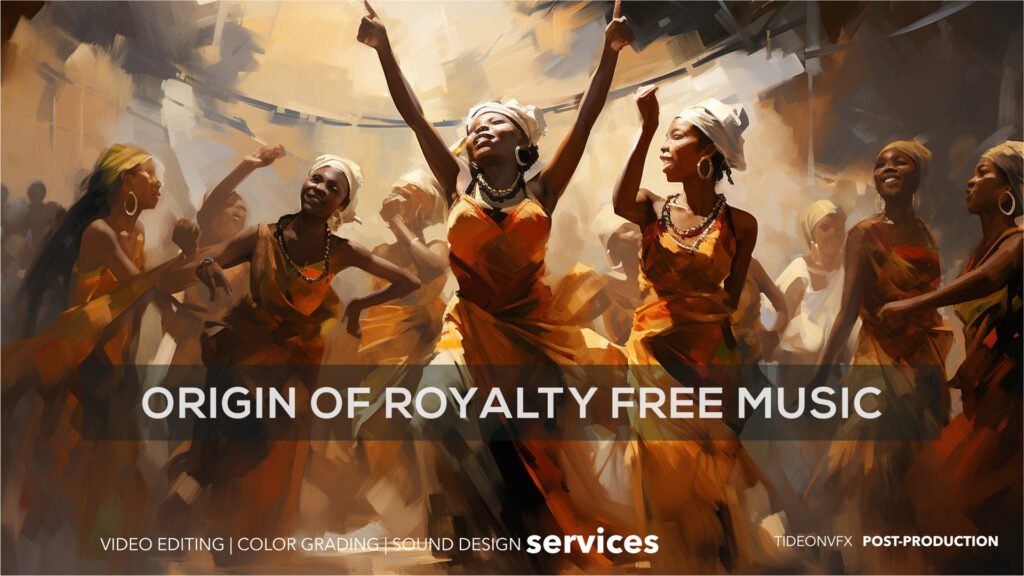Audio
ROYALTY FREE MUSIC HISTORY
ROYALTY FREE MUSIC HISTORY
Unveiling the Harmonious Revolution: The Emergence of Royalty-Free Music
Introduction:
In the not-so-distant past, the quest for the perfect soundtrack for creative projects often involved navigating complex licensing agreements, negotiating with artists, and grappling with budget constraints. Enter the harmonious revolution: Royalty-Free Music History. This transformative concept has redefined the way creators access and use music, revolutionizing the landscape of content creation. Let’s delve into the essence of royalty-free music and explore the origins of this musical revolution.
Defining Royalty-Free Music:
Royalty-free music refers to a licensing model that allows users to pay a one-time fee for the right to use a piece of music without incurring additional royalty charges for subsequent uses. Unlike traditional licensing models, which involve ongoing payments based on factors like audience size or usage frequency, royalty-free music grants users the freedom to use the music in a variety of projects without continuous financial obligations.
The Birth of the Revolution:
The emergence of royalty-free music can be traced back to the late 20th century, as digital technologies began reshaping the music industry. Here are key milestones in the birth of this transformative revolution:
- Digitization and the Internet:
- The transition from analog to digital formats paved the way for a shift in how music was produced, distributed, and accessed. The rise of the internet facilitated the creation of online platforms where musicians could showcase and sell their work directly to a global audience.
- Stock Music Libraries:
- In the late 1990s and early 2000s, stock music libraries started to gain popularity. These libraries curated collections of music tracks that were available for licensing. Initially used by professionals in film, television, and advertising, these libraries laid the foundation for the broader concept of royalty-free music.
- Emergence of Royalty-Free Platforms:
- The early 2000s saw the emergence of dedicated royalty-free music platforms. These platforms simplified the licensing process, offering a wide range of music that users could purchase for one-time fees. Creators no longer needed to navigate complex negotiations or face exorbitant costs for using high-quality music.
- Expansion into Various Industries:
- As awareness of royalty-free music grew, its application expanded beyond traditional media and advertising. Independent filmmakers, content creators on social media, small businesses, and even individuals found a cost-effective solution for enhancing their projects with professional-grade music.
- Evolution of Licensing Models:
- Royalty-free music platforms evolved to offer diverse licensing models. From single-use licenses for specific projects to subscription-based models providing unlimited access, creators gained flexibility to choose the licensing approach that best suited their needs.
The Impact on Content Creation:
The revolution of royalty-free music has had a profound impact on content creation across various industries. Creators now have access to an extensive library of music, enabling them to elevate the emotional resonance of their projects without the traditional hurdles of licensing complexities and high costs.
There are also many types of music licences that were born throughout this history of royalty free music. This allowed for these new options to exist. The internet and the ability to download music I believe was one of the biggest catalyst in this revolution.
Conclusion:
In the grand symphony of content creation, royalty-free music has emerged as a game-changer, fostering a more inclusive and creative environment. As we continue to navigate this harmonious revolution, the accessibility and affordability of high-quality music empower creators of all kinds to weave captivating stories, leaving an indelible mark on the ever-evolving landscape of artistic expression.






